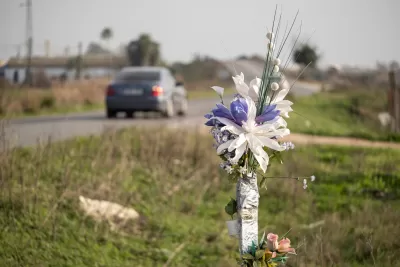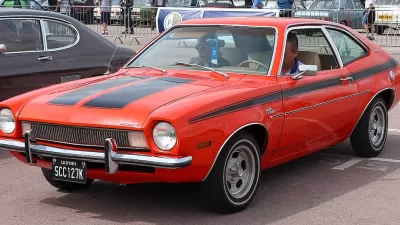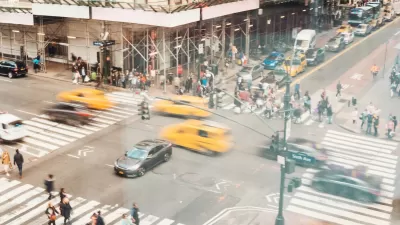According to a new report, rural roads nationwide see a disproportionate amount of traffic fatalities compared to their urban counterparts. But rural drivers in some states are at greater risk than in others.

“Traffic fatalities on the nation’s rural, non-Interstate roads occur at a rate nearly double that on all other roads,” states a new report from TRIP, a nonprofit organization researching transportation issues. Analysis of 2022 traffic data from multiple federal datasets, TRIP shows non-Interstate rural roads nationwide had an average traffic fatality rate of 2.01 deaths for every 100 million vehicle miles traveled compared to 1.12 deaths per 100 million VMT on all other roads. It also found that rural, non-Interstate roads accounted for 36 percent of the nation’s traffic fatalities but only 23 percent of all VMT in the U.S.
The report attributed these higher traffic fatality rates to a variety of factors, including a lack of roadway safety features, longer emergency vehicle response times, and higher speeds. But those factors vary highly per state. So which states are the most dangerous for rural drivers?
11 States with the Most Rural, Non-Interstate Traffic Deaths
Fatalities per 100 million vehicle miles traveled
- South Carolina - 3.11
- Delaware - 3.05
- Arizona - 2.87
- Oregon - 2.82
- Florida - 2.61
- North Carolina - 2.59
- Tennessee - 2.59
- Kentucky - 2.57
- Louisiana - 2.57
- Nevada - 2.53
- Texas - 2.52

Planetizen Federal Action Tracker
A weekly monitor of how Trump’s orders and actions are impacting planners and planning in America.

Congressman Proposes Bill to Rename DC Metro “Trump Train”
The Make Autorail Great Again Act would withhold federal funding to the system until the Washington Metropolitan Area Transit Authority (WMATA), rebrands as the Washington Metropolitan Authority for Greater Access (WMAGA).

The Simple Legislative Tool Transforming Vacant Downtowns
In California, Michigan and Georgia, an easy win is bringing dollars — and delight — back to city centers.

The States Losing Rural Delivery Rooms at an Alarming Pace
In some states, as few as 9% of rural hospitals still deliver babies. As a result, rising pre-term births, no adequate pre-term care and "harrowing" close calls are a growing reality.

The Small South Asian Republic Going all in on EVs
Thanks to one simple policy change less than five years ago, 65% of new cars in this Himalayan country are now electric.

DC Backpedals on Bike Lane Protection, Swaps Barriers for Paint
Citing aesthetic concerns, the city is removing the concrete barriers and flexposts that once separated Arizona Avenue cyclists from motor vehicles.
Urban Design for Planners 1: Software Tools
This six-course series explores essential urban design concepts using open source software and equips planners with the tools they need to participate fully in the urban design process.
Planning for Universal Design
Learn the tools for implementing Universal Design in planning regulations.
Smith Gee Studio
City of Charlotte
City of Camden Redevelopment Agency
City of Astoria
Transportation Research & Education Center (TREC) at Portland State University
US High Speed Rail Association
City of Camden Redevelopment Agency
Municipality of Princeton (NJ)





























